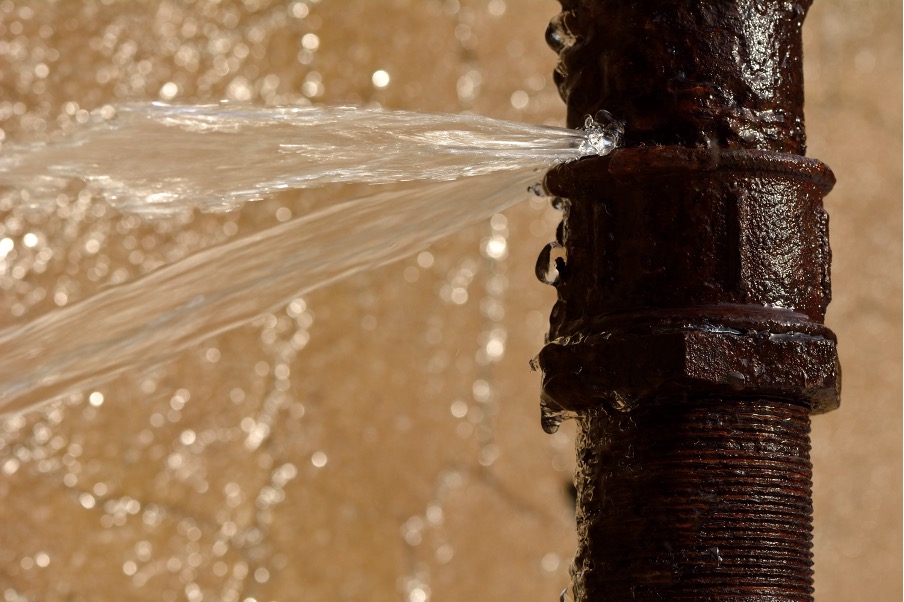Uncovering Covert Water Line Leaks: Six Effective Finding Methods
Uncovering Covert Water Line Leaks: Six Effective Finding Methods
Blog Article
Just how do you really feel in regards to Top leak detection hacks?

Early detection of leaking water lines can reduce a possible calamity. Some tiny water leakages might not be noticeable.
1. Examine the Water Meter
Every home has a water meter. Examining it is a proven manner in which aids you uncover leaks. For beginners, turn off all the water sources. Guarantee no person will purge, use the faucet, shower, run the cleaning equipment or dishwashing machine. From there, go to the meter and also watch if it will alter. Given that nobody is utilizing it, there ought to be no motions. If it relocates, that suggests a fast-moving leakage. Similarly, if you spot no changes, wait a hr or 2 and check back once again. This means you may have a sluggish leak that could also be underground.
2. Inspect Water Consumption
If you find sudden adjustments, regardless of your usage being the same, it suggests that you have leaks in your plumbing system. An abrupt spike in your expense indicates a fast-moving leakage.
A constant rise every month, also with the very same behaviors, reveals you have a slow-moving leak that's additionally slowly rising. Call a plumber to thoroughly examine your home, especially if you feel a warm area on your flooring with piping underneath.
3. Do a Food Coloring Examination
30% comes from commodes when it comes to water consumption. Examination to see if they are running properly. Decrease flecks of food color in the storage tank and also wait 10 minutes. There's a leak in between the container and dish if the color in some way infiltrates your dish during that time without flushing.
4. Asses Exterior Lines
Don't fail to remember to inspect your outside water lines as well. Must water leak out of the connection, you have a loose rubber gasket. One small leak can squander heaps of water as well as surge your water expense.
5. Check as well as Evaluate the Situation
Homeowners should make it a practice to inspect under the sink counters as well as even inside cabinets for any bad odor or mold development. These 2 warnings suggest a leakage so timely interest is needed. Doing routine evaluations, even bi-annually, can conserve you from a major problem.
Examine for discolorations and damaging as many pipelines and devices have a life expectancy. If you suspect dripping water lines in your plumbing system, do not wait for it to intensify.
Early detection of dripping water lines can minimize a prospective calamity. Some tiny water leakages may not be noticeable. Examining it is a surefire means that helps you find leakages. One tiny leak can waste heaps of water and spike your water costs.
If you suspect dripping water lines in your plumbing system, don't wait for it to intensify.
Tips for Detecting Hidden Plumbing Leaks
Check for Signs of Water Damage
We recommend that you check the following places for evidence of water damage:
Near where you store your water heater
Around your sump pump
In areas where pipes are visible
Underneath cabinetry or a vanity beneath a sink
Where your outside hose bib isIf water damage is present, you may also notice mold and/or mildew or smell a foul or musky odor. You might also be able to hear the sound of water running where it shouldn’t be.
Perform a Water Meter Test
One of the easiest ways to determine whether you have a hidden leak on your property is to test your water meter. Turn off all appliances in that use water and make sure you don’t have any faucets running. Locate your water meter and record the reading on it. Continue to leave everything off for a minimum of two hours and then go back and see the meter reading. If it’s a noticeable difference, chances are you have a hidden plumbing leak.
Monitor Your Outside Usage
As the seasons change, you might use more water to keep your yard lush and green and your flowers blooming. However, it’s important to routinely ensure that your sprinkler or irrigation system is working properly and that any outside faucets are completely off. This way you’re not wasting any water.
Do the Toilet Food Coloring Test
Are you kept up at night because your toilet continues to run? If you’ve noticed your toilet randomly refills, especially when it’s not in use, it could mean you have a defective flapper tank and water will leak into the bowl. Fortunately, there’s an easy (and kind of fun!) way to test whether you’re dealing with this issue. Grab some food coloring and add a few drops into your toilet’s tank. Wait 15 minutes and then check to see whether the water in the bowl is colored. If it is, you have a leak within your toilet and the internal assembly will need to be repaired or replaced.
https://www.carterservices.com/blog/2020/february/tips-for-detecting-hidden-plumbing-leaks/

I ran across that post about Locating water leaks when doing a search on the web. If you enjoyed reading our article please do not forget to share it. We value reading our article about Locating water leaks.
Peace of mind? Dial! Report this page